1 - About the Subsidiary Shrines
Heian Inari Shrine

Deity: Uka no Mitama Okami
History:
It is not clear when and how the Heian Inari Shrine was founded.
It has long been affiliated with Tenmangu Shrine and has remained a subsidiary that enshrines a deity with which it has a deep connection.
Festival: May 25th
Kashima Shrine
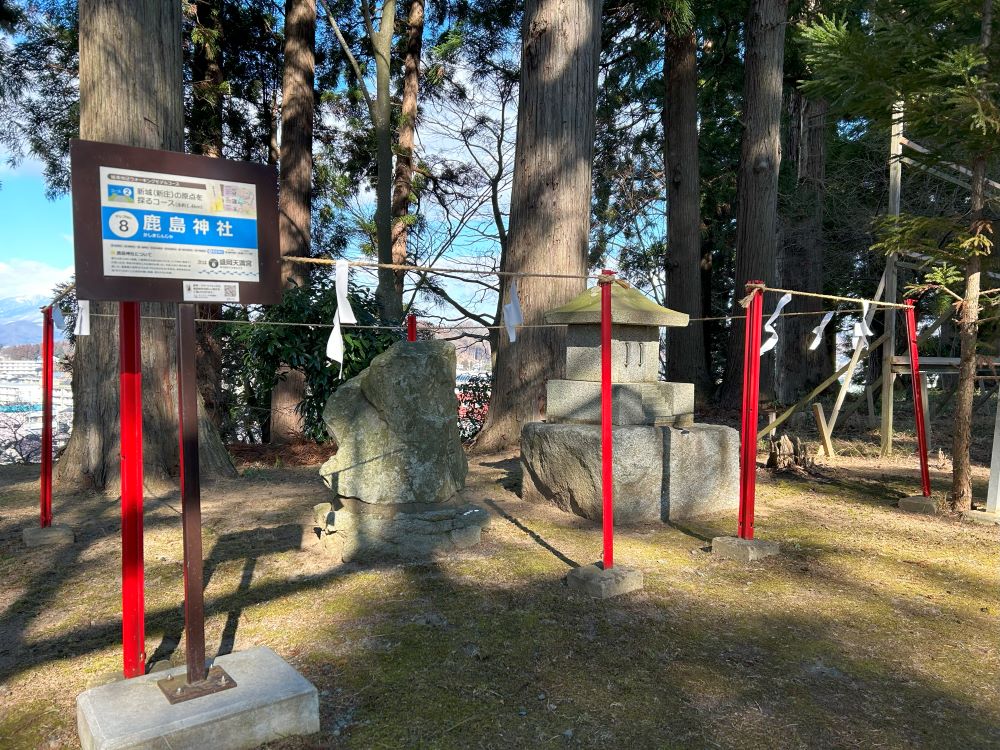
Deity: Takemikazuchi no Okami
History:
This has been a place of reverence for a war deity since ancient times, and the Nambu clan also enshrined a branch of Kashima Shrine within Morioka Castle. In 1661, Lord Nambu Shigenao built a shrine on the site of Shinjo Hanagakidate and held annual ceremonies there, but it burned down in 1871, leaving only a stone shrine and a cornerstone. The old town name of Kashimashita refers to this historical fact.
Ceremony: September 25th (previously April 4th)
2 - About the Lion Dogs
The pair of lion-dogs on both sides of the approach to the shrine were carved and donated in June 1903 (Meiji 36) the year after the millennial anniversary festival, by a man named Takabatake Genjiro in gratitude for his fulfilled wish to recover from illness. They were originally placed directly on the ground, but in 1933 they were lifted onto bases adorned with a copper plate engraved with Takuboku's poem.

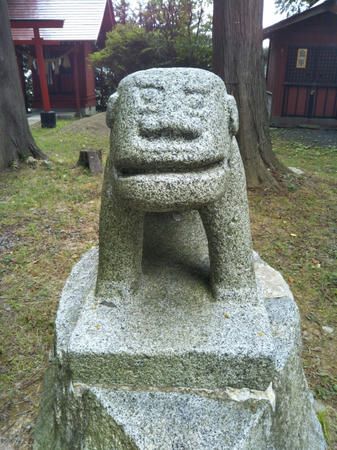
3 - About the Petting Cow
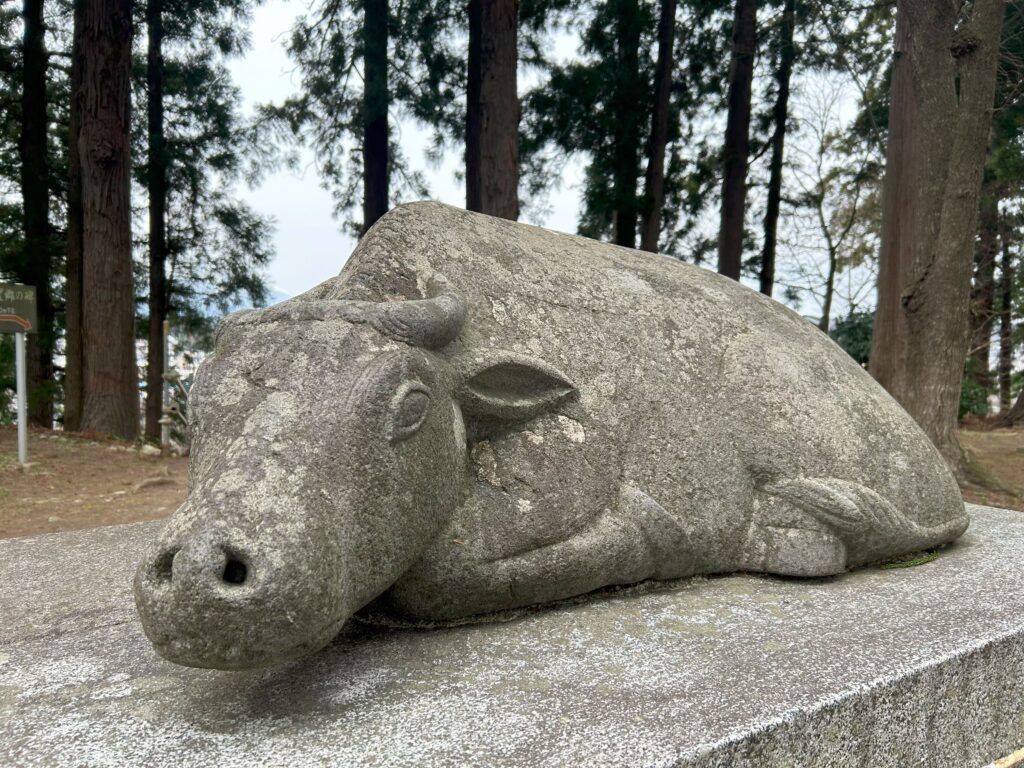
This sculpture was dedicated in 1902 to commemorate the thousand-year anniversary of the death of Sugawara no Michizane. Compared to the stern look of sacred cows in other shrines, this cow has a gentle expression, which is probably due to the artist's own vision.
It is said that if you touch an area of your body affected by illness with the hand you used to pet the statue, you will be cured, and so it came to be called the “the Petting Cow.”
4 - About the Zeniwakiishi and Ishiwari Ume

This natural granite stone is about 2 meters high and 5 meters wide and is located between the Kagura Hall and the approach to the shrine. There is a crack in the center, and it is said that numerous old coins were dug out from this crack in the past. These old coins were thought to have been buried here when this place was called Hanagakidate.
Nowadays, a plum tree grows from the crack in the center, and it is familiar to locals as the Ishiwari Ume – Rock-Splitting Plum.
5 - About the Flying Plum
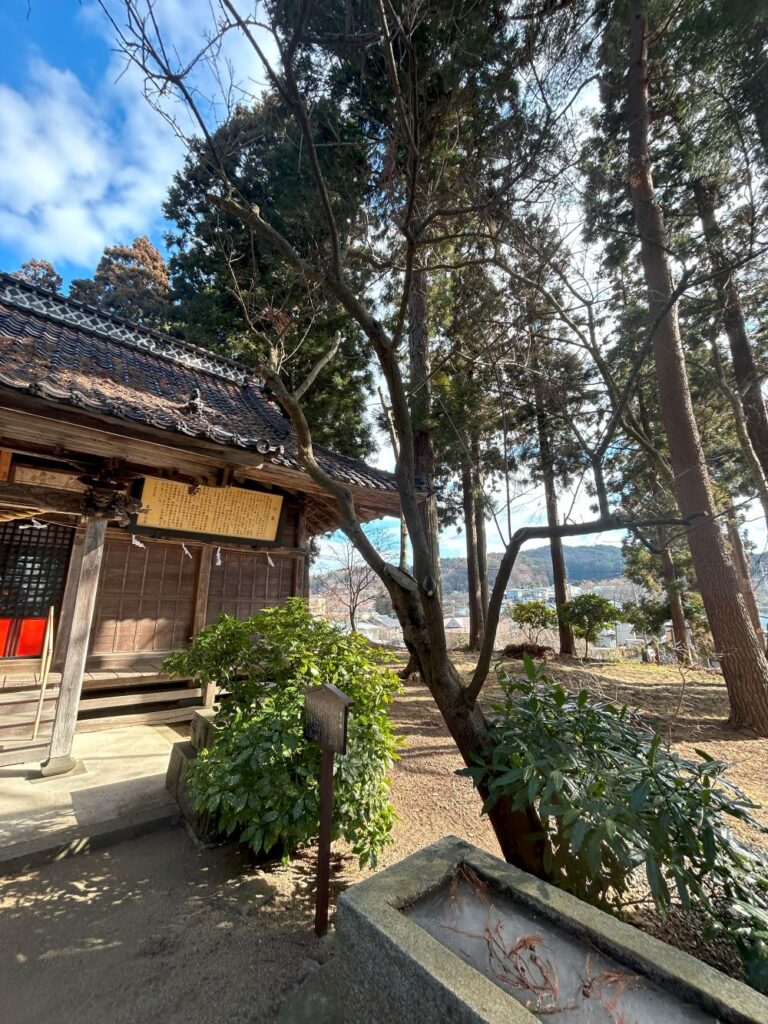
Sugawara no Michizane (845-903), who was active as a scholar, writer and politician during the early Heian period, was demoted – the result of a political conspiracy - and transferred in 901CE from Kyoto to Dazaifu in Chikuzen (present-day Fukuoka Prefecture). He was assigned the governorship of Dazaifu and spent the rest of his life there. At Dazaifu Tenmangu Shrine, which was built around his gravesite, there is a sacred tree called the Flying Plum. Legend has it that this plum tree, beloved by Michizane, flew from the capital overnight and miraculously took root there, reluctant to be without his company. The Flying Plum at Tenmangu Shrine is said to have been planted by a samurai from Morioka who went to Edo on sankin-kotai - a system wherein feudal lords were periodically forced by the shogun to relocate to and temporarily reside in Edo. It was cultivated from a seed given to him by a friendly samurai from Chikushi. Tradition has it that eating the fruit of this plum will make you excel in academics and literature. Abe Zenkichi, who was involved in this tree’s cultivation, was a person who contributed to the regional proliferation of weeping katsura trees - a local variety with drooping branches - and these katsura are loved by the citizens as the representative tree of Morioka City.
6 - About the Nibbling Plum
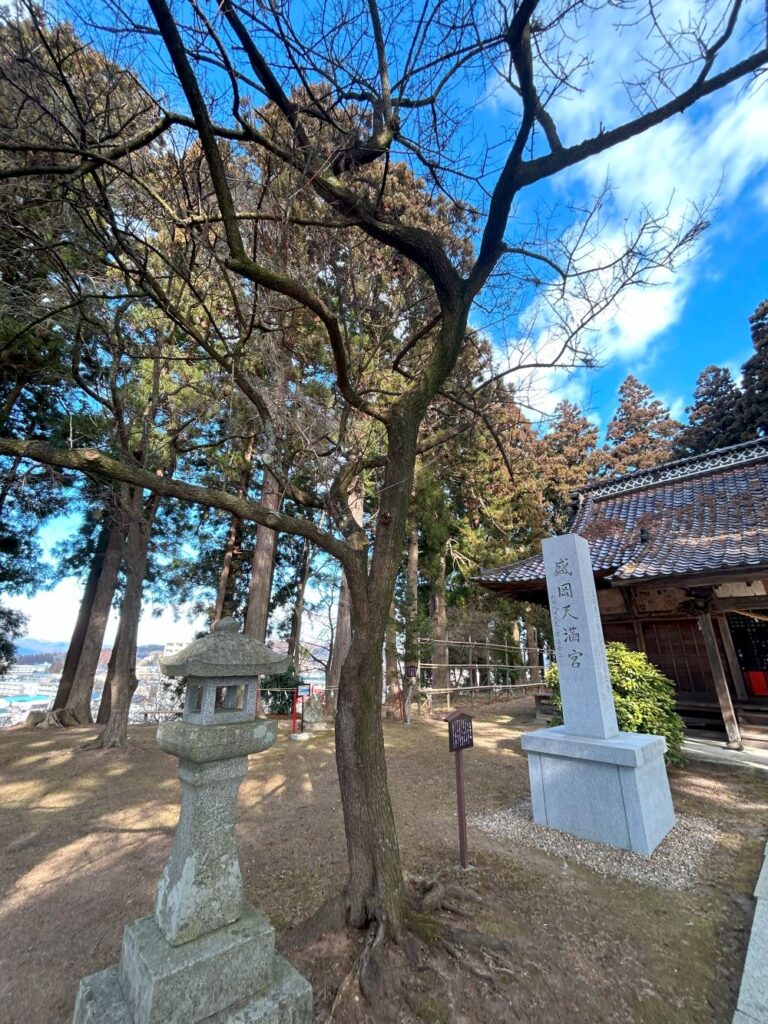
This plum tree is a rare variety with tooth-like indentations in its seeds. They are sometimes called a “tooth-shaped plum” or “nose-groove plum.” It was cultivated by Abe Zenkichi - who contributed to the local proliferation of weeping katsura trees - using the “Tenjin's nibbling plum” - a designated historic and protected tree in Nagata-cho, Morioka City - as the parent tree.
7 - About the Benkei Rock

There is a granite rock more than three meters high to the right of the stone steps on the east side. It seems that at one time, a highway leading to the north ran along the hills of what is now Myosenji Temple, Tenjinyama. The locals say that when Yoshitsune and his entourage escaped Hiraizumi and rested here on their way to Ezo, Benkei tested his strength on this stone. Legend has it that a Yoshitsune Stone once lay next to it but was destroyed by a stonemason's chisel.
8 - About the stone monuments and the poem monuments
Fudezuka stone monument
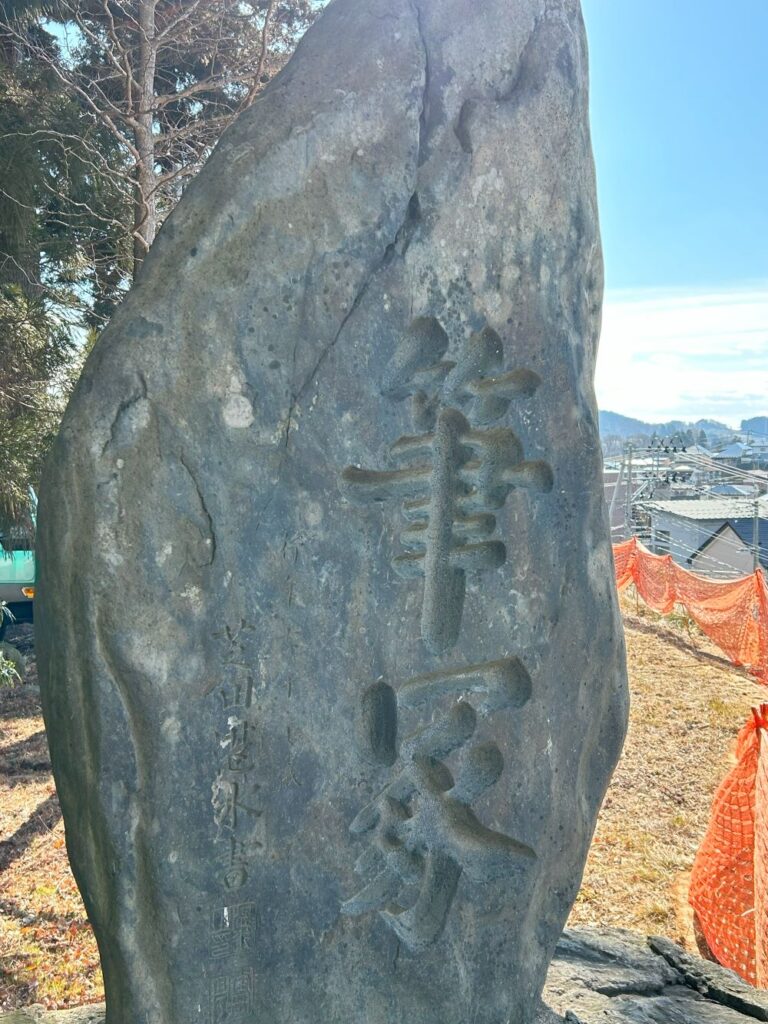
Fudezuka brush mounds are traditional monuments that honor a beloved teacher. The mounds contain buried collections of ink brushes used by their students.
This monument was erected by over 1,500 disciples of Shibata Tansui, who is said to be the founder of the terakoya schools - private elementary schools in the Edo period – of Morioka. This stone monument is a natural stone shaped like the tip of a calligraphy brush. (It is said to have been brought from the mountains of Sahinai in Shiwa.) The two large characters “Brush Mound” are engraved on the surface, and next to it is the inscription “written by Shibata Tansui, age 77.” It is over 2 meters tall and was erected in February 1804.
9 - About the shrine’s plaques and markers
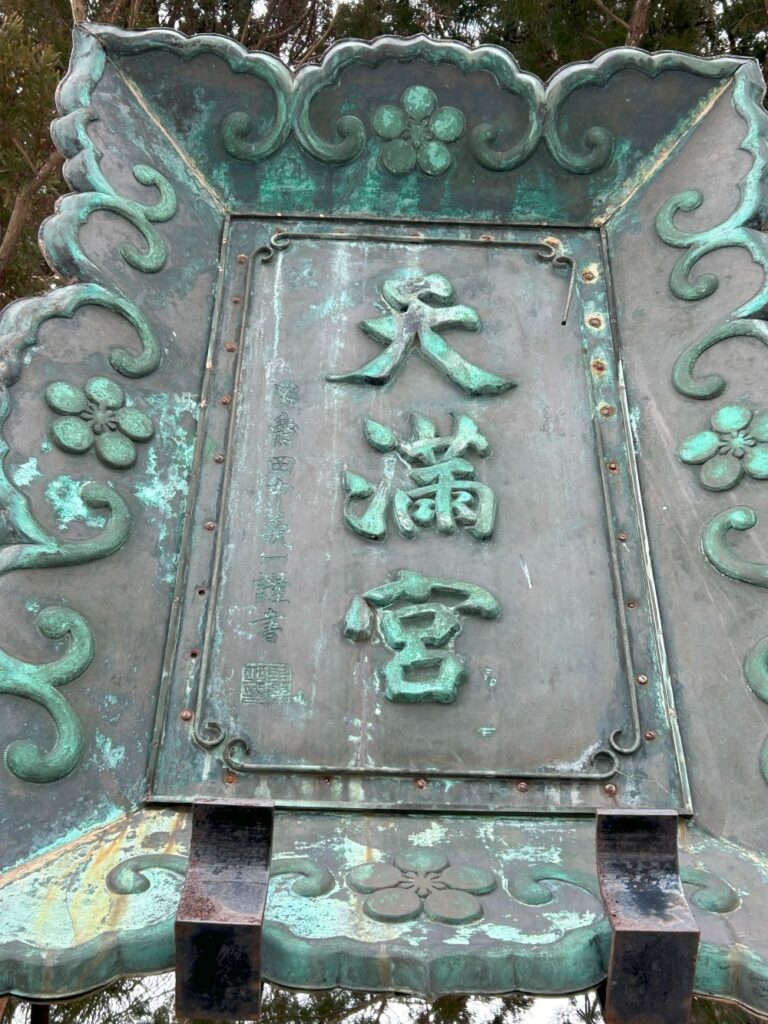
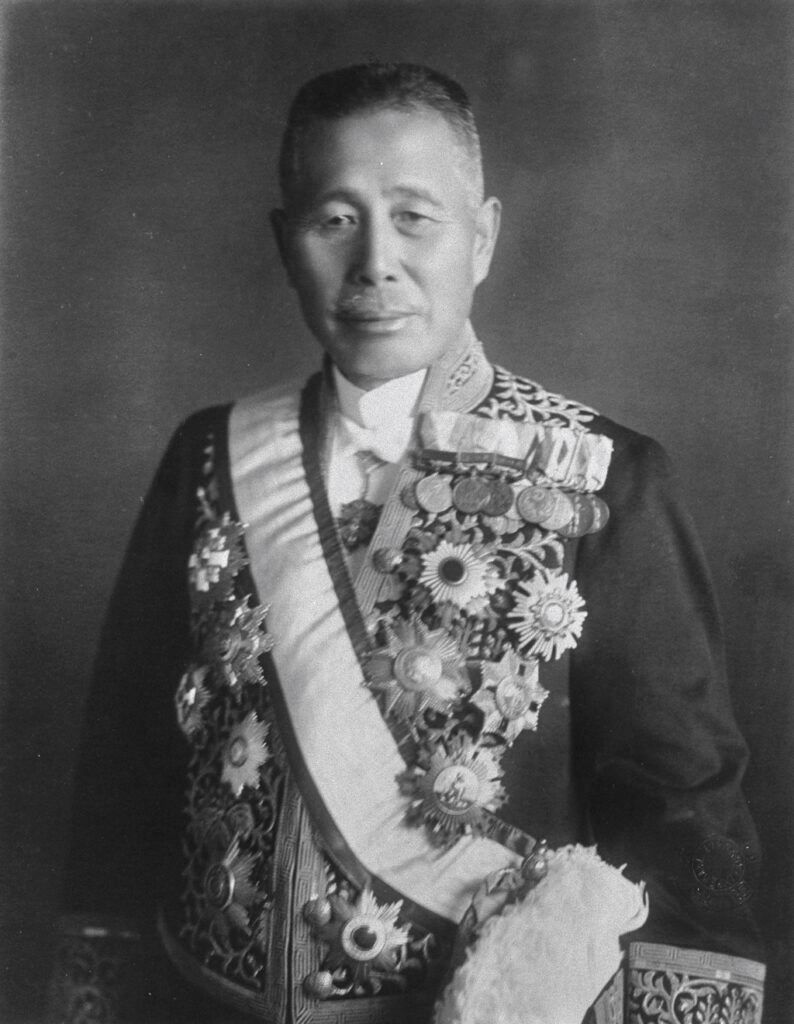
Tanaka Giichi 1864-1929
26th Prime Minister, term of office 1927-1929
Nishimura Sangoro traveled to Tokyo and asked Tanaka Giichi to write the inscription for the Tenmangu plaque on May 26, 1928, and the dedication ceremony was held on July 25 of the same year.
Born in Hagi City, Yamaguchi Prefecture


Kisaburo Suzuki 1867-1940
Minister of Home Affairs in the Tanaka Giichi Cabinet
Erected on July 25, 1935
Born in Kawasaki City, Kanagawa Prefecture


Shinzo Abe 1954-2022
90th, 96th, 97th, and 98th Prime Minister
In 2016, the 90th anniversary of the founding of the Sugawara no Michizane Association was celebrated. To commemorate this, the construction of a shrine marker was proposed, and in 2017, Prime Minister Shinzo Abe was asked to write the inscription. The dedication ceremony was held on December 25, 2022.
Born in Nagato City, Yamaguchi Prefecture
